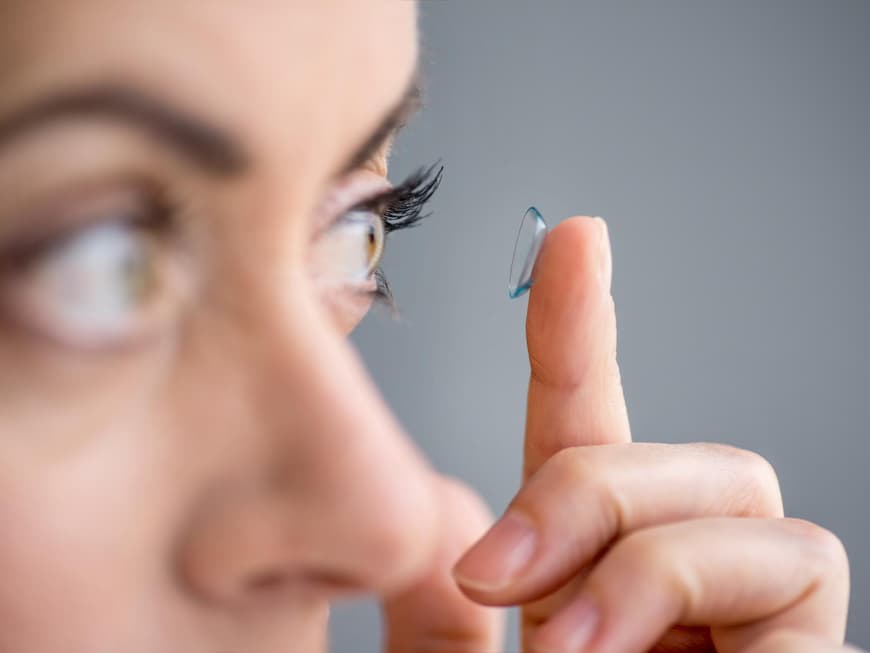
If a champagne cork hits your eye, it can damage the iris or iris. This can change the color of the eye. A colored contact lens is then fitted so that the iris looks natural again. However, as Dr. Dorothea Kuhn from the Professional Association of Ophthalmologists in Germany (BVA) explains, the iris print lens can do much more. It brings a distorted pupil back into the correct position and protects against glare. Soft contact lenses can also be used as medication carriers for eye drops or ointments, for example in the case of chronic corneal disease. They store the medication and release it into the eye. Patients should always discuss with their doctor whether and when this application makes sense.
Visual acuity can vary greatly
The visual acuity of the two eyes can differ greatly, which doctors call anisometropia or visual impairment. A difference of two diopters is particularly pronounced. However, this cannot always be compensated for with glasses. Lenses are then the better choice.
Of course, ophthalmology also wants to use the very latest technology to help patients better. For example, in the case of glaucoma, where increased intraocular pressure damages the optic nerve. Here, inventors from Switzerland have developed a lens with a microsensor that permanently measures the internal pressure. And it works like this: The patient wears the lens for up to 24 hours. An antenna transmits the measurement data from the sensor to the recording device, which is worn on the body. The doctor evaluates the data later. In a new study, US researchers found that this can be used to determine which patients will progress rapidly with the disease.
